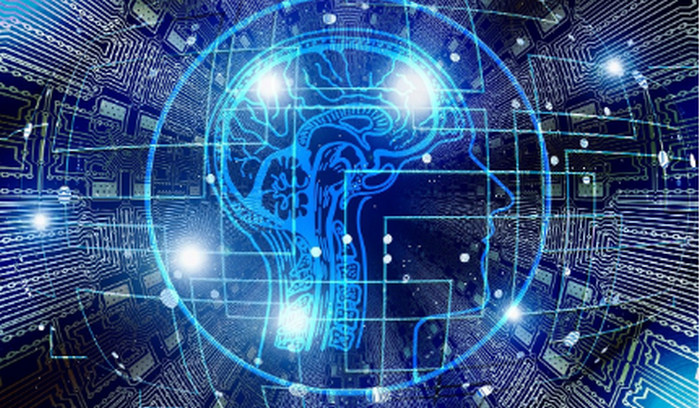In the banking and financial industry, artificial intelligence (AI) has become a disruptive force that offers efficiency, innovation, and better consumer experiences. AI has many benefits, but there are also serious hazards and concerns that need to be properly considered. This essay examines AI’s potential benefits and drawbacks for the banking and financial industry.
AI’s potential in banking and finance
Improved Customer Experience: Banks and other financial organizations may now offer 24/7 individualized and effective customer care thanks to chatbots and virtual assistants driven by AI. These AI systems may respond to inquiries from clients, offer account details, and provide financial guidance, all of which increase client loyalty and overall happiness.
Fraud Detection and Prevention: Artificial intelligence systems examine enormous volumes of transactional data in real-time to look for odd trends and spot possible fraud cases. By continuously learning from fresh data, machine learning algorithms help banks safeguard the money of their clients and keep ahead of fraudulent practices as they evolve.
Risk management: By examining a variety of data sources other than standard credit ratings, AI models are able to evaluate credit risk more precisely. By incorporating alternative data sources including social media activity, internet behavior, and transaction history, these models help banks manage risk and make better loan decisions.
Process Automation: By automating common banking procedures, artificial intelligence lowers operating costs and boosts productivity. Artificial intelligence (AI) technologies can automate repetitive tasks like data input, document processing, and regulatory compliance, freeing up human resources for higher-value work.
Financial Services with a Personal Touch: AI systems examine client information to provide financial products and recommendations that are specific to each person’s requirements and tastes. Banks can encourage greater client participation by providing tailored services like investment advice, insurance products, and lending possibilities by getting to know their customers’ financial goals and behavior.
AI’s dangers for banking and finance
Risks to Data Security and Privacy: As AI is used more and more in banking and finance, worries regarding the security and privacy of sensitive client information are being raised. Artificial intelligence (AI) systems are susceptible to hacks and data breaches because they depend on enormous volumes of data for training and decision-making. To reduce these dangers, strong cybersecurity measures and adherence to data protection laws are crucial.
Algorithmic bias and fairness: AI systems may unintentionally reinforce training data biases, resulting in discriminating practices and unfair results. Prejudicial algorithms have the potential to cause pricing discrepancies, discriminatory lending practices, and unequal access to financial services in the banking and finance industry. To tackle algorithmic bias, rigorous examination of training data, algorithmic openness, and continuous monitoring to guarantee equity and fairness are necessary.
Challenges to Regulatory Compliance: The use of AI in banking and finance brings with it issues with accountability, transparency, and regulatory compliance. The responsibility of supervising the application of AI systems to guarantee compliance with current financial services legislation falls on regulators. But because AI is developing at a faster rate than legal frameworks, it can be difficult for regulators to keep up with new developments in the field and provide sufficient oversight.
Hazards to the System and Unknown Algorithms:
Concerns over systemic risks and the transparency of AI algorithms are raised by the banking and financial industry’s growing dependence on AI-driven decision-making. Complex machine learning models frequently function as “black boxes,” making it difficult to comprehend how they arrive at conclusions or evaluate the possible effects they might have on a person’s financial stability. For AI-driven financial systems to continue to be trusted and to reduce systemic risks, transparency and explainability are essential.
Employment Displacement and Socioeconomic Effects: AI-driven automation of repetitive operations may result in employment displacement in the banking and finance industry, affecting workers whose jobs are automated out of existence. Furthermore, by favoring those with access to cutting-edge technology and widening the digital gap, AI-driven financial services may make socioeconomic disparities worse. To lessen these negative effects, initiatives targeting socioeconomic inequality and worker reskilling and upskilling are crucial.
In summary:
Artificial Intelligence (AI) has the potential to revolutionize the banking and financial industry by providing prospects for improved consumer experiences, efficiency, and innovation. But in order to fulfill these promises, we must confront the dangers and difficulties posed by AI, such as hazards to data security and privacy, algorithmic bias, difficulties in complying with regulations, systemic risks, and socioeconomic effects. Through prudent and conscientious navigation of these problems, financial institutions and banks may leverage AI’s full potential while mitigating its risks, so guaranteeing a financial ecosystem that is more inclusive, robust, and reliable.
